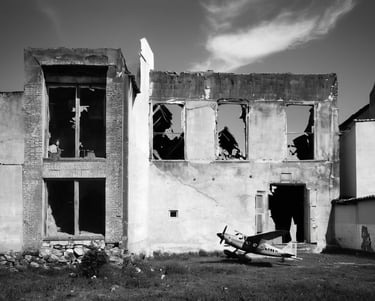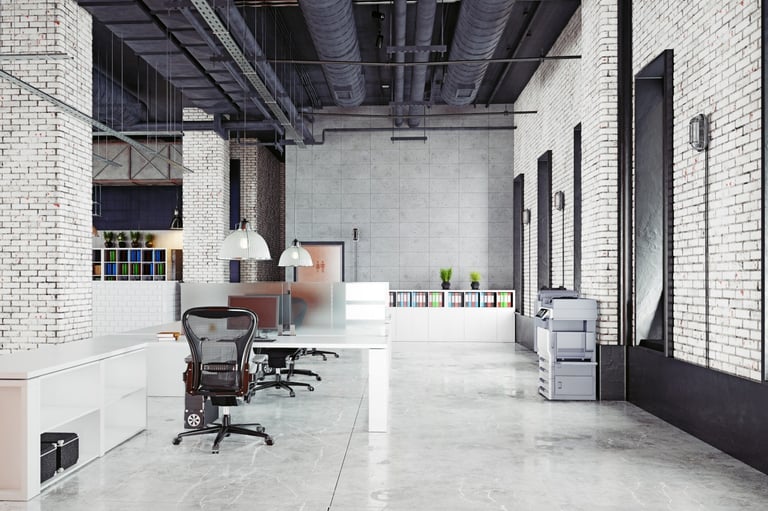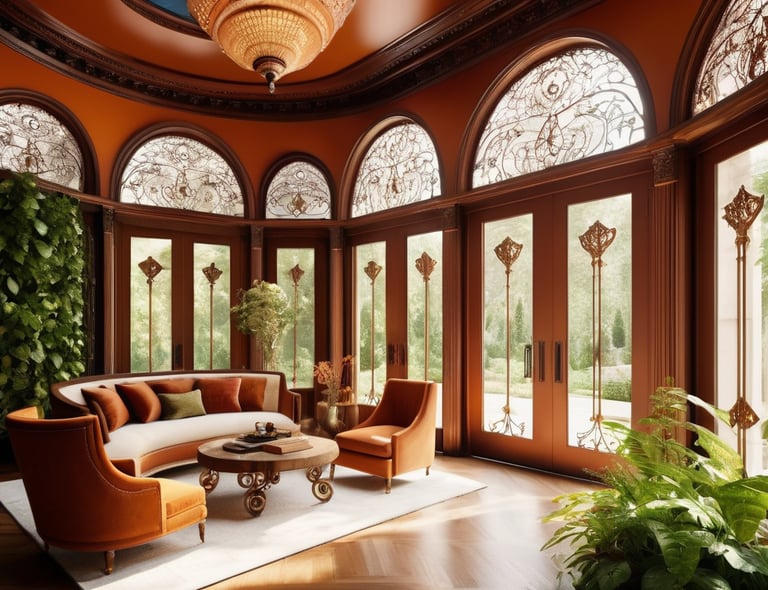Heritage Overlay: What Are the Essential Considerations?
Are you looking for more information how to navigate the complexities of heritage overlay sites? Wondering how to balance preservation with profitability? This article is a must-read for developers seeking to blend the past with the present for profit.
What are Heritage buildings?
A heritage building is a structure recognized for its historical, architectural, or cultural significance. These buildings are often protected by law to preserve their unique characteristics and historical value.
Why are buildings or sites classifed as 'heritage significance'?
The purpose of designating a building as a heritage site is to safeguard it against alterations or demolition that could diminish its historical importance. This preservation helps maintain the architectural diversity of an area, provides a tangible connection to the past, and can also contribute to a community's identity and cultural richness.


Heritage buildings present a unique opportunity. They are challenging and costly, but the right development can actually be profitable. Why? Heritage properties often have unique architectural styles, craftsmanship, and materials, and are unlikely to be built the same way in new developments. Their unique architectural features and historical significance can only be found in your specific project. In return, you can command premium prices, whether for commercial or residential use.
The Challenge
When it comes to property development, the first thought is often to demolish and rebuild. But, when dealing with heritage buildings, this mindset shifts. Whether it is good or bad, you are required to preserve, restore, and rehabilitate these structures. To avoid pitfalls, conduct thorough research on the building's condition and history, understand local regulations, and estimate restoration costs as early as possible.
Heritage COST
Generally there are four treatment approaches for heritage sites.
1 Preservation - Maintaining and repairing existing materials to retain a property's historical form.
2 Rehabilitation - Adapting a historic property for modern use while keeping its historic character.
3 Restoration - Returning a property to a specific period, removing traces of other times.
4 Reconstruction - Rebuilding lost or non-existing parts of a property for educational purposes.
The treatment of your heritage site will involve a mix of communication with the council and community, as well as compliance with the rules and regulations under the Planning Scheme. As a rule of thumb, avoid the properties that clearly require Restoration or Reconstruction.
Minor repair and Preservation is an opportunity to lower your offer when you purchase, reflecting the cost of repair.
Your focus will be on having a clear vision from the start for Rehabilitation. That is, what you can do to bring out the character for the community, so that your end product is absolutely unique and beautiful for the market.


Heritage Benefits:
The heritage sites with rundown buildings and heavy rules are definitely something to avoid. However, there are sites with buildings that can last many more years with minor repair and some love and care.
These are the four major benefits for the right property.
1 Purchase Price - Heritage properties often come at a lower purchase price, reflecting the challenges they present. This can be an advantage for a savvy developer.
2 Sustainability - Reusing existing buildings is environmentally friendly and sustainable. Many heritage buildings also feature natural ventilation and durable materials such as hardwood timber that last hundreds of years.
3 Building Bulk - If the existing buildings or any portion of the existing building are larger than surrounding neighborhood structures, such as some old factories, churches, and the like, you have the rights to keep the space.
Retaining and utilizing the existing building allows you more internal space and can maximize your site’s potential.
4 Market Differentiation - Leverage the unique features of the heritage property to stand out in the market. This can attract premium tenants or buyers willing to pay more for the distinctiveness and charm of a historic building.


Enhancing Heritage Benefits
To maximize the benefits of a heritage project, focus primarily on Rehabilitation & Integration.
Integrating modern functionalities with historic charm is key. Envision a historical-looking café, a narrow laneway adorned with hanging lights and surrounded by restaurants, or apartments with compact floor areas but high ceilings, ideal for bunk beds and vertical gardens.
These ideas have been instrumental in creating attractive spaces, enhancing community value, and boosting development profit.
Modern Amenities:
Allow for all modern amenities like efficient air conditioning, or double-glazed windows.
Accommodate access and mobility for people with disabilities, address life safety needs such as alarms, sprinklers.
Adhere to building design standards and liaise with relevant authorities early.
Users are generally unconcerned about small spaces or building materials, as long as the space is comfortable.


Frequently Asked Questions:
The building is very run down, what should I do?
Understand what building elements are critical to preserve, restore, and reconstruct. Find out the cost associated with this.
Hiring a Quantity Surveyor to calculate the cost can is a few thousand dollars of high value investment.
Afterward, determine the new building size you can construct. This depends on what's allowed in the Planning Scheme rules, balanced with the bulk of the surrounding neighborhood. The heritage aspect should not impact the bulk you are allowed to build, unless if the bulk impacts heritage.
Calculate your return based on the floor area you can have.
This process is akin to other business ventures: gather information, consult experts to understand the nuances, and convert everything into financial terms.
I want to build a bigger building for my heritage site and have more space, is this possible?
This is a common concern.
What you would do is review the Planning Scheme rules and consider the neighborhood's character, especially the size of nearby buildings. You should be allowed to match the bulk of your neighbors under the same Planning rules. The heritage aspect should not impact the bulk you are allowed to build, unless the bulk impacts the heritage.
The key is to preserve, restore, and reconstruct only those elements that are of heritage value, and to harmonize these with your new construction. Continually evaluating in this way simplifies understanding a heritage project.
How do I know what has heritage value?
Anything can possess heritage value.
As a homeowner or property developer, what's important are what building elements of heritage value you are obligated to preserve, restore, and reconstruct.
The rules guiding your actions are found in the Planning Scheme or the Victoria Heritage Register in the State of Victoria. Generally, any restriction on your rights must be explicitly listed as a law, rather than being based on vague ideas from experts or government employees. Similar principles are applicable in most places governed by British Commonwealth laws.
Can I leave the building to deteriorate so that I can build something new?
This approach is not recommended for several reasons. Beyond legal and local community concerns, the time it takes for a building to deteriorate to the point where it cannot be preserved, restored, or reconstructed can exceed 50 years.
In such a timeframe, it's more beneficial to arrange financing and engage experts to enhance the property's value. Although costly in the short term, reaping financial benefits over many years and avoiding community backlash is a far better option than allowing the building to collapse.
Call or ask us a question if you want to learn more about your project.
Disclaimer: We assume no responsibility or liability for any errors or omissions. The information is for general purposes only with no guarantees of completeness, accuracy, usefulness, or timeliness. You must engage a suitable consultant for your specific situation.
